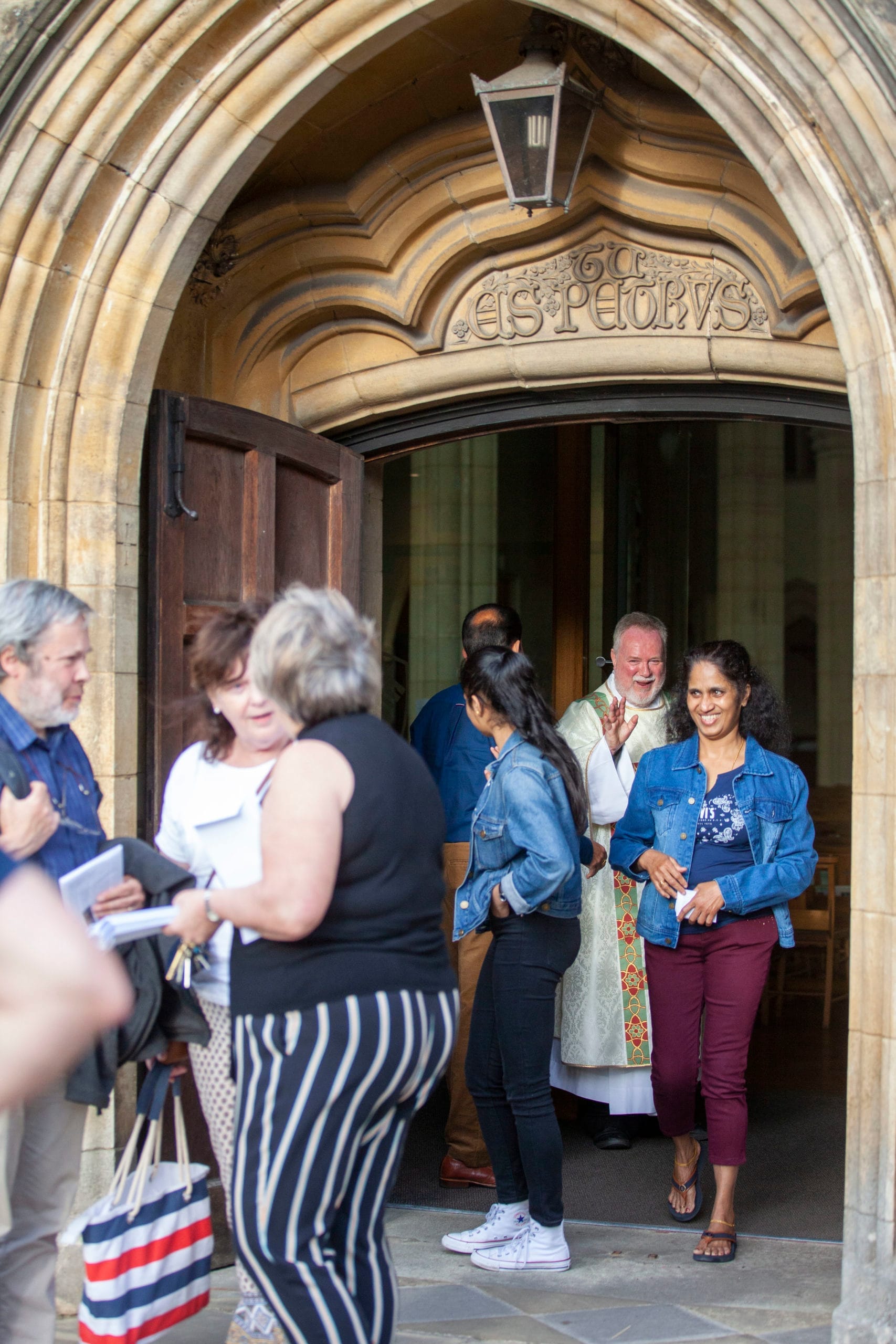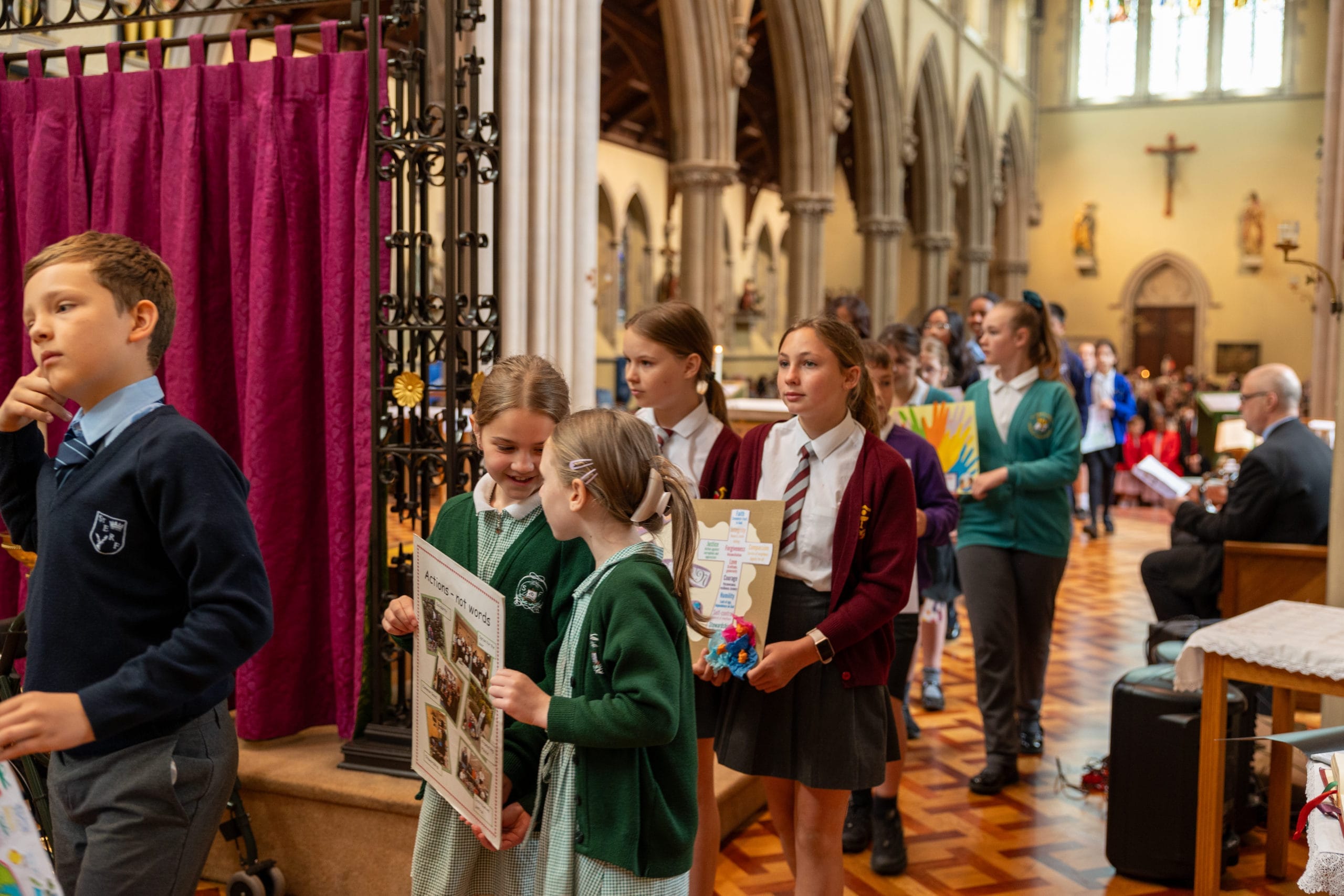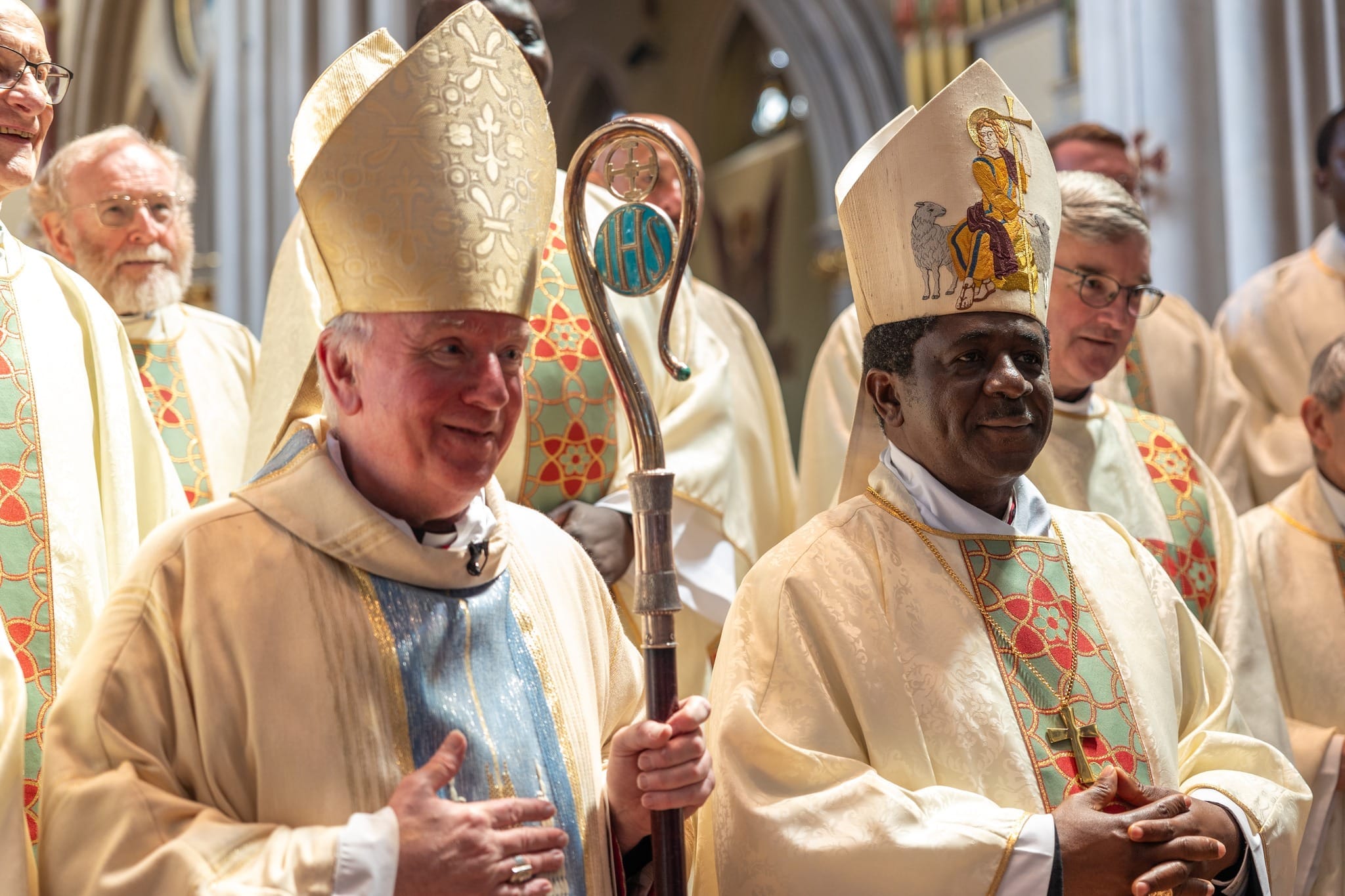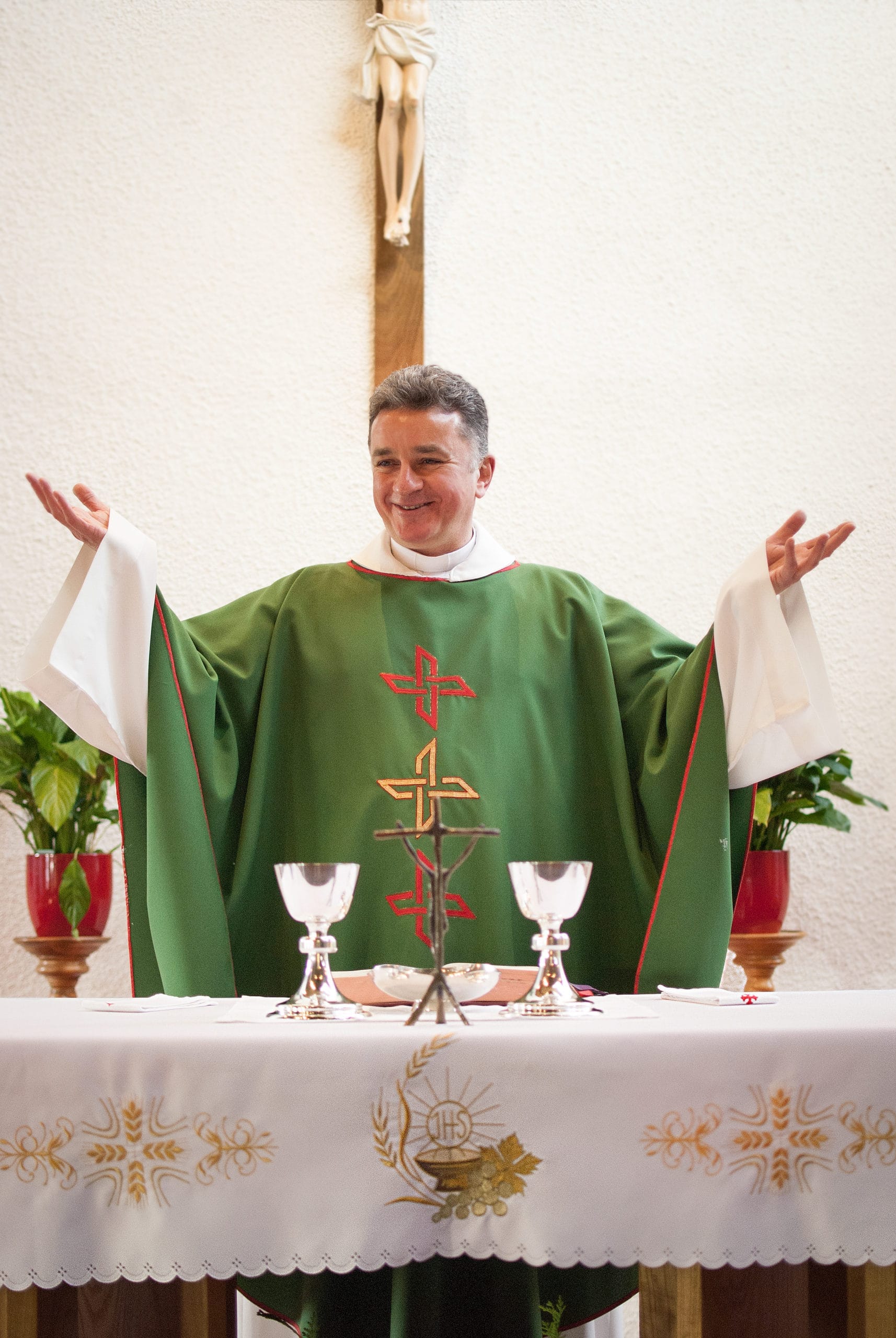Quarr Abbey Art Gallery: January 16 – February 25, 2025
Gallery opening hours: 10am (11am on Sundays) – 4pm daily
Free admission. Donations are welcome.
The year 2032 will be the 900th anniversary of the foundation of Medieval Quarr Abbey. We will present an exhibition, the fourth in a series for our 10-year ‘Two Abbeys Journey, 2022 – 2032, on the architecture of both our medieval and modern abbeys, under the theme of ‘Beauty’. The architect for our modern abbey was a monk, Dom Paul Bellot. We look at his understanding of ‘Beauty’ in architecture and see how this compares with the architectural style of our medieval abbey.
Schooled in the theology and philosophy of St Thomas Aquinas, it was natural for Dom Bellot to draw on this great medieval thinker for his ideas on aesthetics. For the medieval period, life was something wholly integrated. The value systems of a culture are related to one another. The strategy philosophers developed for this integration involved the doctrine of the Transcendentals: The ‘One’, the ‘True’ and the ‘Good’. ‘Beauty’, though not in itself a Transcendental, came under an aspect of the ‘Good’.
But changes took place from the Renaissance onwards. A divorce began to grow between art and the spirit in the tradition of classical and medieval architecture. It was Dom Bellot’s great concern to set about the healing of this divorce. His underlying theme for all his work was ‘innover selon la tradition’: to innovate within tradition. He wrote that ‘truth is, by nature, progressive, in the sense that it tends not to transform itself … but it grows in the manner of something living.” Dom Bellot was the architect of many other religious buildings in various countries, and he became an architect of international repute.
Medieval Quarr was founded in 1132. It maintained the classical style of architecture of that time, in a transition period from Romanesque to Gothic. Despite the differences between the Cistercian and earlier Benedictine monasteries, the Cistercians still preserved the same understanding of Beauty in its structure as that of the classical view. We look at the similarities and differences of both. We pay a particular attention to the Liturgy which is at the heart of every Catholic monastery and therefore forms a fundamental backbone to the architectural design.
For more articles like this, see the e-News page here.
Recent Posts
Thank you for all the wonderful donations received for Bamenda Sunday. They help fund projects to support our brothers and sisters in Bamenda who are impacted by the continuing civil [...]
Being at sea over the Christmas period is a tough reality many seafarers and fishers face, often under challenging conditions. They miss spending this special time of the year with [...]
Bishop Philip wrote on e-news:On Sunday 30th November, we celebrated a special Sung Vespers in the cathedral for the First Sunday of Advent. Afterwards we had a gathering of parish [...]
The new Ordo has now been published. It can be accessed by searching "Ordo 2025 - 2026" or by clicking in the button below. Ordo 2025 - 2026 [...]





